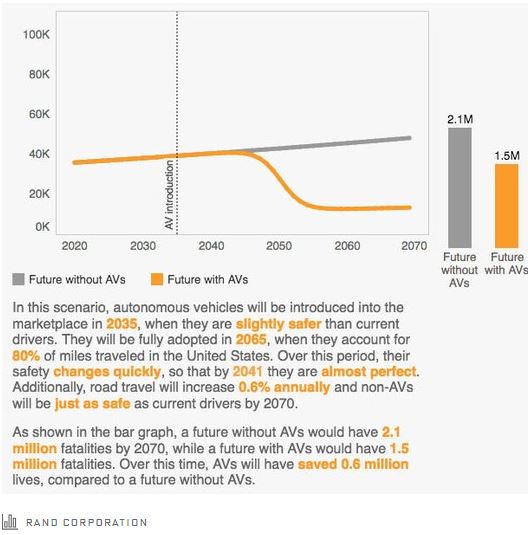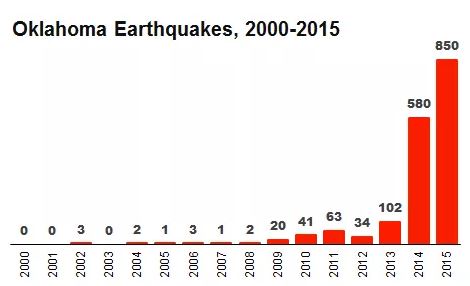The US congress now has an Artificial Intelligence “Caucus” considering regulating how Artificial Intelligence (AI). One the items they are looking into is figuring out if citizens should have a right to know that they are talking / chatting with an Artificially Intelligent piece of software or a human.
Many people feel tricked when they find out that they have been talking or chatting with an AI when the default assumption has been that people are talking or chatting with human representatives of the company in question. Given the situation today and the obvious fact that AI conversations are going to become more and more human like, it is understandable that governments want to consider the implications.
This 8 minute video covers the FUTURE OF AI ACT that has just been introduced in the US Congress, which focuses on the military and is more broader than our narrow discussion about rights, but it does give you a sense of what is being considered.
https://www.youtube.com/watch?v=_hTQEqB5y9c
After some careful consideration however, the only scenario we could come up with in which a human really needs to understand that they are not talking to a human representative, was emergency services like 911. The argument with emergency services is simply that during a crisis (shooting, heart attack…) there may be nuances (tone, slurred speech…) that a human can take from a conversation that AI’s cannot.
We are not suggesting that AI’s can not be very useful in emergency services communications (think about alerts, routing… that can all be done much faster, more accurately and more calmly by an AI than a human). We are suggesting that in real emergencies human callers should know if they are talking to an AI or another human.
(more…)




















